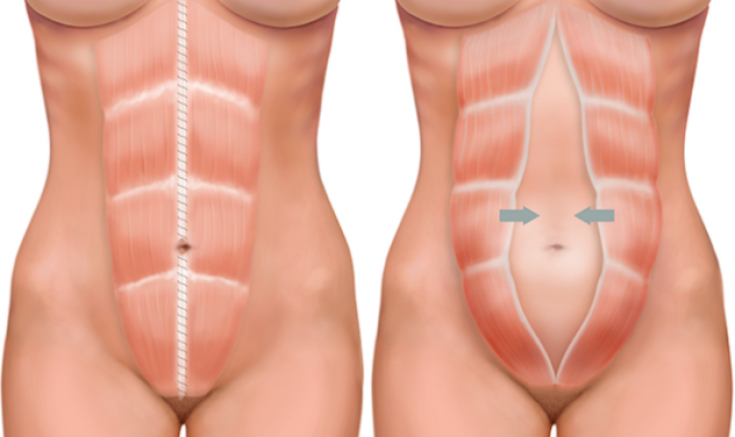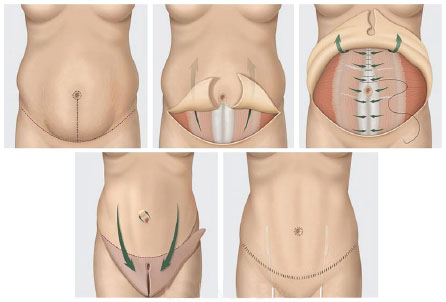Many women are dissatisfied with their forms after pregnancy and childbirth. The situation is aggravated by the fact that even despite diets and physical activity, it is quite difficult to make the figure the same. In this regard, some patients prefer to use the services of a plastic surgeon. But not always with tummy tuck they get the long-awaited result.
Especially in women who have had multiple pregnancies, expansion and thinning of the abdominal muscles can contribute to problems with abdominoplasty outcomes, according to a study published in the August issue of Plastic and Reconstructive Surgery, the official medical journal of the American Society of Plastic Surgeons. (ASPS).
On estet-portal.com read why tummy tuck after pregnancy is not always successful and how to prevent negative results of the procedure.
Poor results of tummy tuck after childbirth: what is the reason
How does pregnancy affect the abdominal muscles? To find out, the researchers analyzed the results of abdominal CT scans performed for other reasons in 60 women aged 18 to 45 years. The women were divided into four groups based on their pregnancy history: no pregnancy, one, two, three or more pregnancies.
Read the latest articles in Telegram!
CT scans have been used to evaluate pregnancy-related changes in the paired rectus muscles that run on either side of the abdomen, separated by a band of fibrous tissue called linea alba. CT measurements showed linea alba dilatation after pregnancy: an average of 1.14 to 2.29 centimeters without additional dilatation after multiple pregnancies.
Childbirth, like pregnancy, is associated with the expansion of the rectus muscles themselves.
Mean rectus width increased from 6.0 centimeters in women before pregnancy, to 6.6 centimeters after one pregnancy, and to 7.0 centimeters after two pregnancies.

No further expansion after three or more pregnancies.
Additional benefits of postpartum tummy tuck
Change in the width of the rectus abdominis muscles may worsen the results of abdominoplasty after childbirth, especially in women with diastasis of the abdominal muscles. This condition can cause indigestion, bloating, and flatulence. Therefore, the reconstruction of the abdominal wall is important not only from the point of view of aesthetics, but also for the restoration of intra-abdominal pressure in order to correct bowel function.
A tummy tuck is often performed as part of "postpartum surgery" for women who want to regain the shape and appearance of their body after childbirth.
But because of the weakness of the abdominal wall, women may be dissatisfied with the results of tummy tuck.
Abdominoplasty: the secrets of tummy tuck
An alternative approach to tummy tuck
In the case of postpartum abdominal wall weakness, an alternative approach to abdominoplasty is needed. To carry out such a procedure successfully, you just need to follow the principles of hernia repair. Although this technique may not be indicated for all patients, but with the expansion of the rectus muscles, it will help to avoid repeated operations and patient dissatisfaction after tummy tuck.
The result of abdominoplasty is highly dependent on how the patient follows the recommendations after the operation.
After abdominoplasty it is forbidden to lift weights for at least 3 months. This is necessary to avoid re-divergence of the muscles. However, a certain set of physical exercises for faster muscle recovery must be done.

A competent approach to tummy tuck can significantly improve the appearance and quality of life of the patient.
Abdominoplasty: possible surgical and aesthetic complications







Add a comment